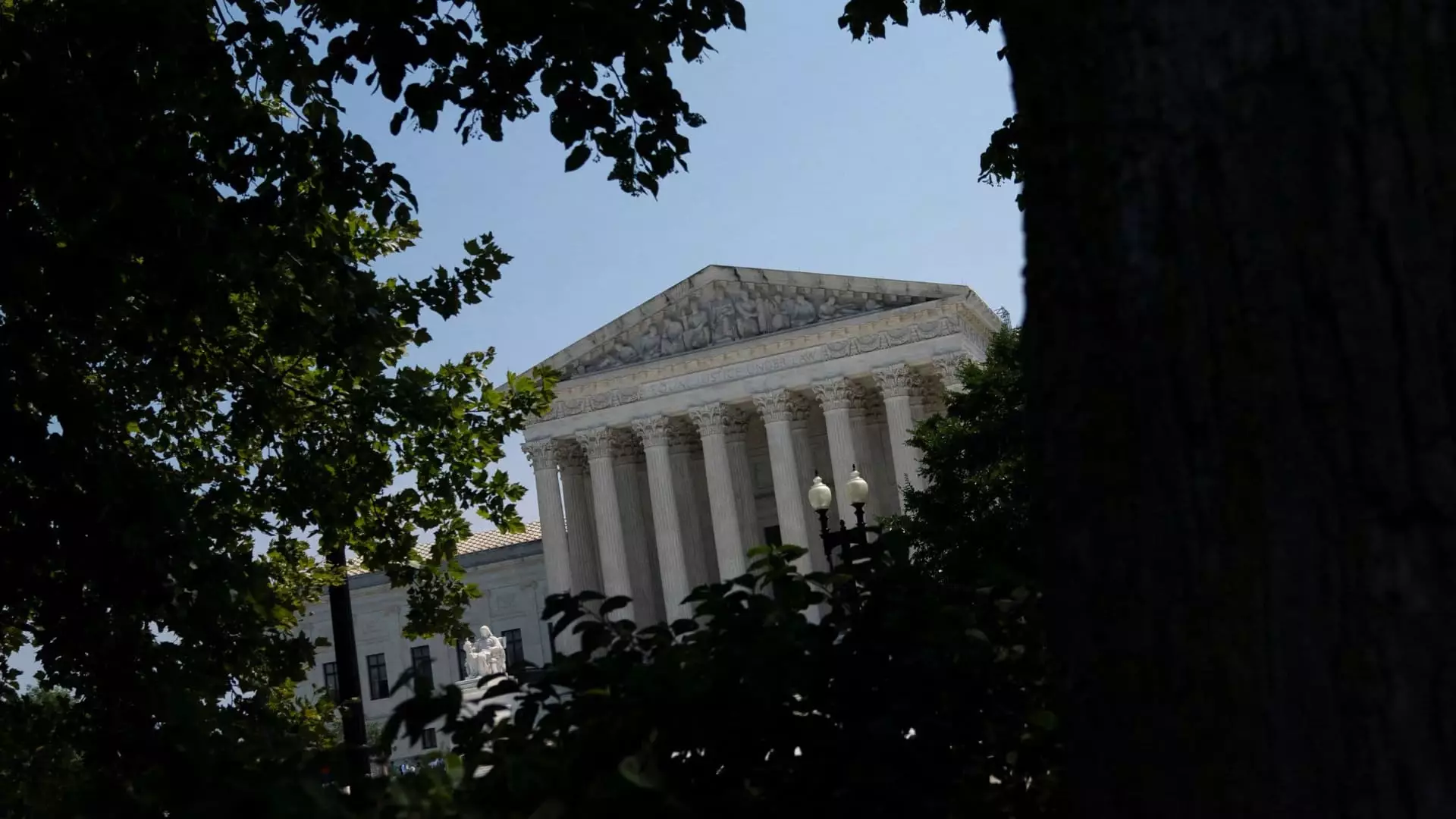In a significant legal decision on Thursday, the Supreme Court enabled the federal enforcement of the Corporate Transparency Act (CTA), which mandates that corporate entities reveal the identities of their ‘beneficial owners’ to the Treasury Department. This ruling emerged as a response to a national injunction previously initiated by a federal judge in Texas, which argued that Congress had overstepped its constitutional boundaries in enacting this law. The move by the Supreme Court signifies a pivotal moment in the ongoing discourse surrounding corporate transparency and regulatory oversight in the United States.
The Corporate Transparency Act, passed in 2021, has faced legal challenges primarily from small businesses. These entities argue that the measures imposed by the CTA are overly burdensome and infringe upon their operational privacy. The case reached the Supreme Court after the 5th U.S. Circuit Court of Appeals granted a temporary stay of the CTA’s enforcement, coinciding with a critical deadline for businesses to submit their initial reports by January 13. The Biden administration, advocating for the law’s enforcement, highlighted that millions of entities had already complied with its reporting requirements, rendering the plaintiffs’ assertions of harm somewhat questionable.
The National Federation of Independent Business (NFIB), in collaboration with various small enterprises, initiated the legal fight against the CTA through the support of the conservative legal group, the Center for Individual Rights. This coalition claims that the law represents an unwarranted extension of federal power and an intrusion into the private affairs of businesses.
Supporters of the CTA contend that it addresses a significant loophole that has enabled the United States to become a favored destination for illicit financial activities, notably money laundering. By compelling corporate entities to disclose their beneficial owners—individuals who hold ownership or control over a company—the law aims to dismantle the opacity that can facilitate illegal financial operations.
Solicitor General Elizabeth Prelogar, representing the Biden administration, articulated that the reporting requirements embedded in the law are crucial for preventing and prosecuting a range of financial crimes, encompassing money laundering, tax evasion, and terrorism financing. Such regulatory measures are positioned as essential tools for enhancing the integrity of U.S. financial systems and maintaining national security.
The objections raised by the opposing side cite constitutional grounds, particularly referencing the 10th Amendment, which reserves powers not delegated to the federal government for the states and the people. U.S. District Judge Amos Mazzant, who issued the initial injunction, expressed skepticism over Congress’s authority to enact what he described as a “quasi-Orwellian statute”. His ruling reflected a broader concern among some legal scholars regarding the extent of federal legislative power in regulating commerce and financial practices on state levels.
Prelogar’s argument to the Supreme Court emphasized that the legal basis for the CTA falls squarely within Congress’s powers under the Commerce Clause, which grants Congress authority to regulate activities that have implications for interstate commerce. The Supreme Court’s decision to uphold the enforcement of the CTA signals a rejection of the overly broad interpretations of Congressional overreach that some lower courts have endorsed.
As the case unfolds and the enforcement of the Corporate Transparency Act advances, its implications for the landscape of corporate regulation in the U.S. are profound. The requirement for companies to disclose their beneficial owners is set to transform the dynamics of corporate transparency, potentially deterring illicit financial behaviors while imposing additional compliance responsibilities on small businesses.
Moving forward, the enforcement of the CTA will likely continue to prompt debates surrounding the balance between necessary regulatory oversight and the protection of individual and corporate rights. The resolution of these conflicts will not only shape future legislative efforts in corporate regulation but may also redefine the relationship between federal authority and state sovereignty in the realm of business governance.

Leave a Reply